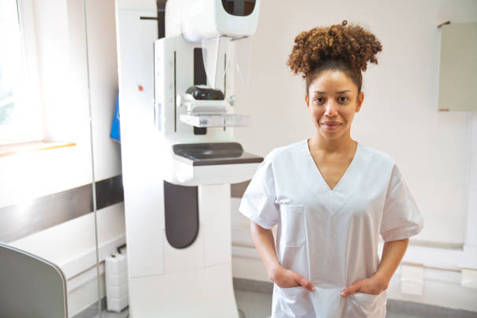Coverage
No-cost screenings – Mammograms are covered at no cost for CareOregon members.
交通
CareOregon can help arrange transportation if needed. Call Ride to Care at 503-416-3955, toll-free 855-321-4899 or TTY 711. Learn more about what Ride to Care offers.
语言服务
Plain-language, culturally responsive materials in multiple languages help members understand why screenings are important. Learn more about our language services. If you need any help with language services or have any complaints, we want to hear about it. Call CareOregon Customer Service at 800-224-4840 or TTY 711, or send us a secure message.
How to schedule an appointment
CareOregon is here to remove barriers and make sure you have the support you need to stay on top of screenings.
If you need a screening or a test, contact your primary care provider (PCP). Don’t have a provider? Use CareOregon’s Find a Provider tool.


